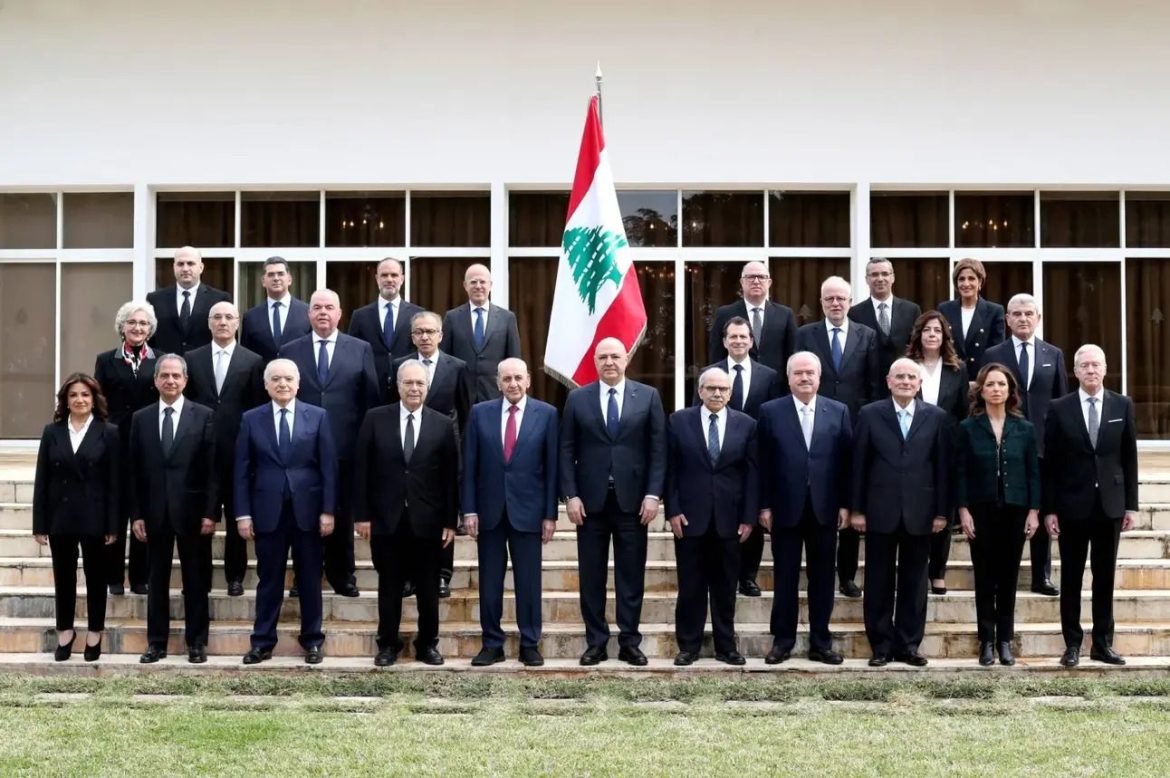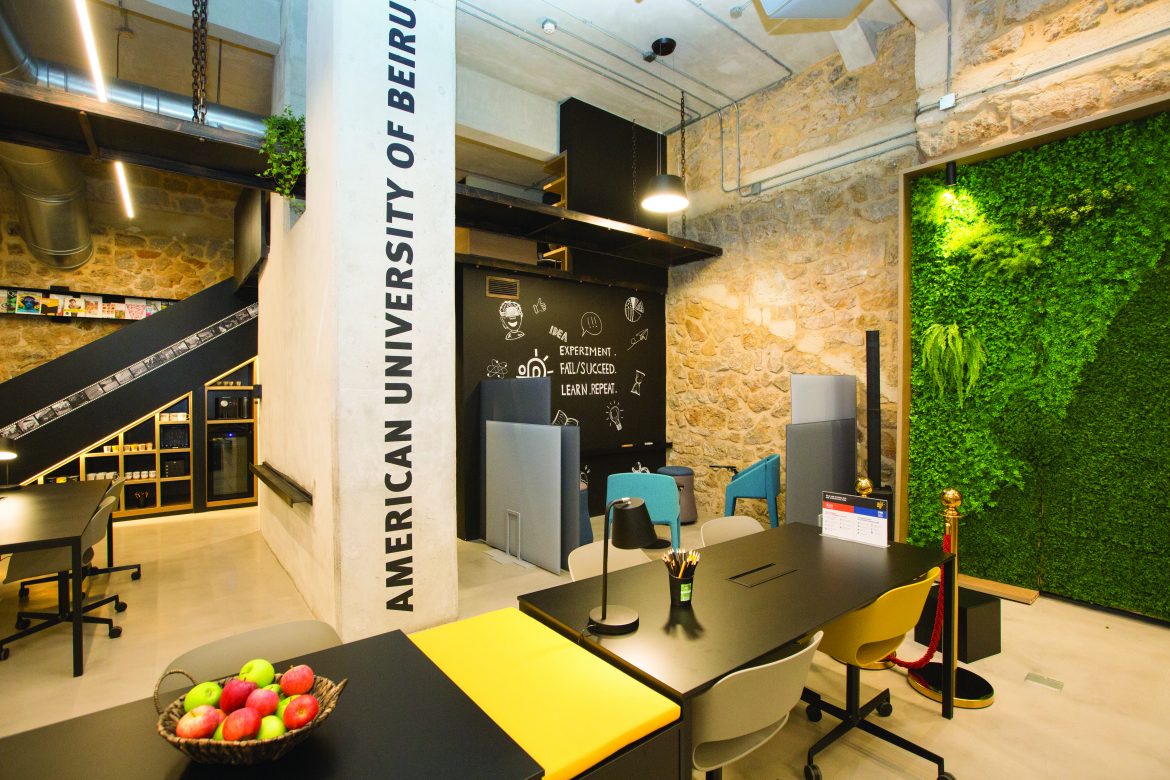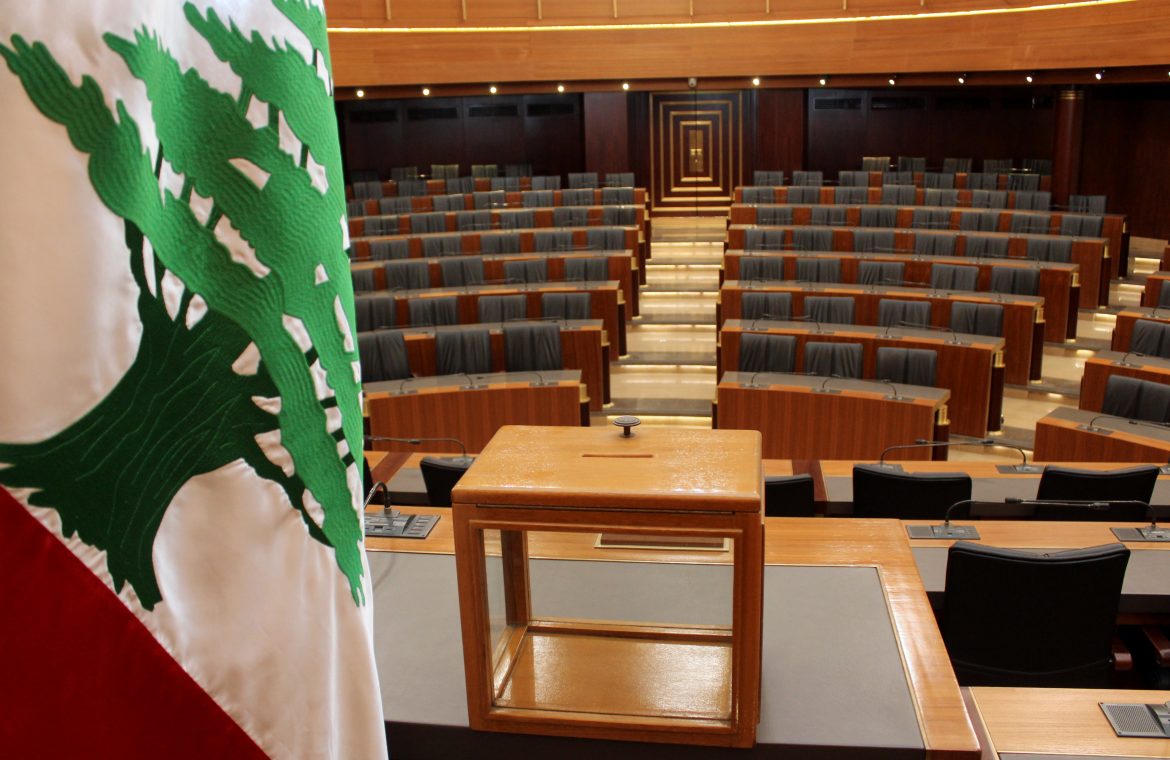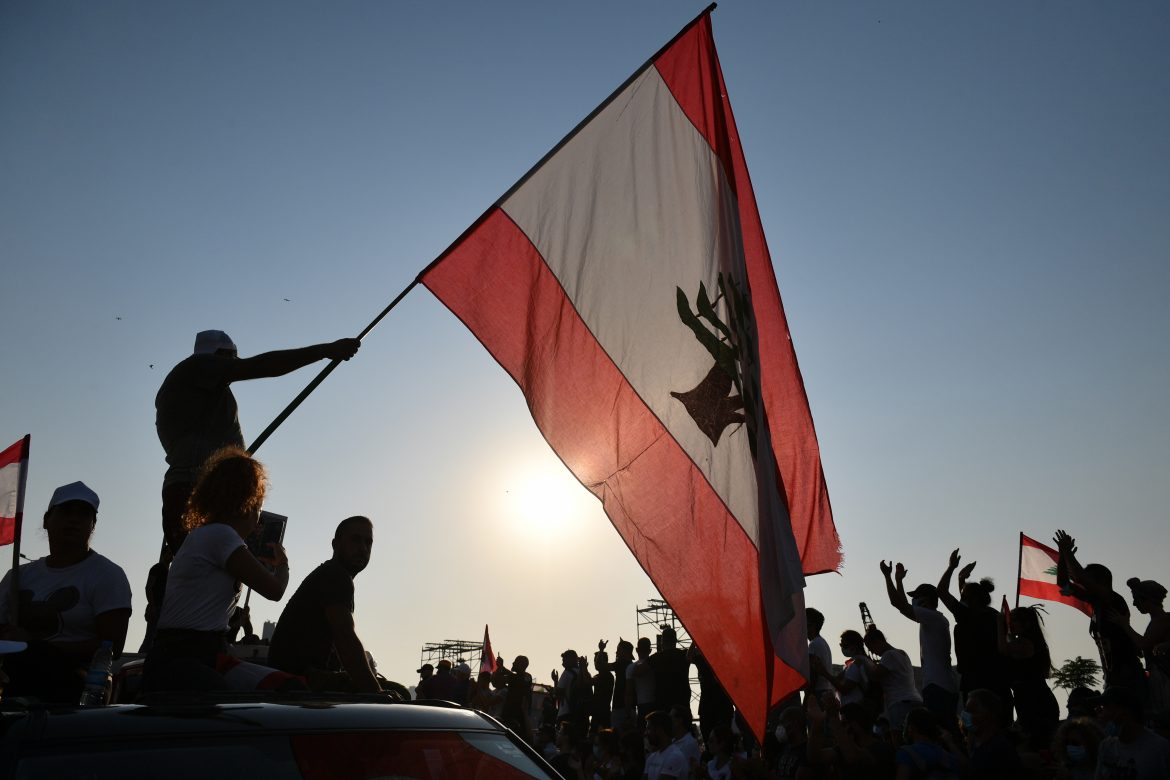
On average, across the countries for which data are available, around 7.7% of teenagers were neither in school nor at work in 2004. Differences across countries are large: in Denmark, Germany, Iceland, Luxembourg, Netherlands, Norway and Poland less than 4% were in this situation while the shares exceeded 10% in Portugal, Spain, the United Kingdom, Mexico and Turkey.
For the OECD as a whole, there has been a decline in the percentages of all teenagers who are neither in employment nor education, but the decline has been most marked for females. The fact that young people, and particularly females, spend more time in education than they did a decade ago has contributed to this.
Several features of the labor markets and training systems affect the ease of transition from school to work. OECD reviews of youths’ transition from school to work have identified Nordic and English-speaking countries as those where this process is smoother than in countries in Continental and Southern Europe countries. Beyond waste of human capital and risks of marginalization in the labor markets, delays in settling into jobs will lead many youths to live longer with their parents and defer the formation of independent families, further compounding fertility declines.
Middle East Tourist Number Forecasts
By Country, in Millions of tourists per year
Saudi Arabia, owing to ever-increasing numbers of
hajj pilgrims, is set to overtake Turkey as the country with the highest visitor numbers in absolute terms. By 2010, Iran expects the number of tourists to double (from roughly 2 Million to over 4 Million per year) and both the UAE and Lebanon plan to almost triple their numbers, the first from currently 7 Million to 20 Million and the second from 1.5 Million to 4 Million tourists per year. Yemen has the most ambitious forecast, aiming for an over 400% growth in the numbers of visitors from currently under 500,000 to 2 Million by 2025.
Traditional destinations Turkey, Egypt and Jordan foresee significant increases as well, each estimating their numbers to rise by at least 50%, to 30 Million, 16 Million and 12 Million, respectively.

Gross domestic expenditure on R&D
Percentage of GDP, 2005 or latest available year

Since 2000, R&D expenditure relative to GDP (R&D intensity) has increased in Japan, and it has decreased slightly in the United States.
In 2003 and 2004, Sweden, Finland, and Japan were the only three OECD countries in which the R&D-to-GDP ratio exceeded 3%, well above the OECD average of 2.3%. Since the mid-1990s, R&D expenditure (in real terms) has been growing the fastest in Iceland and Turkey, both with average annual growth rates above 10%.
R&D expenditure for China has been growing even faster than GDP, resulting in a rapidly increasing R&D intensity, growing from 0.9% in 2000 to 1.3% in 2005.
Global chocolate consumption
Kilogram per person 2005

n The biggest consumers are manufacturing countries Belgium, Switzerland, and the UK, whose citizens eat 10 kg or more of chocolate each year. Germany and, surprisingly, the four Scandinavian countries follow close behind, whereas such European countries like France (4.66 kg/person) and the Netherlands (2.94 kg/person) are below the EU average of 5.23 kilogram of chocolate per person in 2005.
Chocolate consumption thus is not directly related to GDP or average income levels, but more influenced by culinary tradition, visible in the fact that Japanese consume only 1/5 of the amount of chocolate that Belgians do.
Source: International
Confectionary Association









